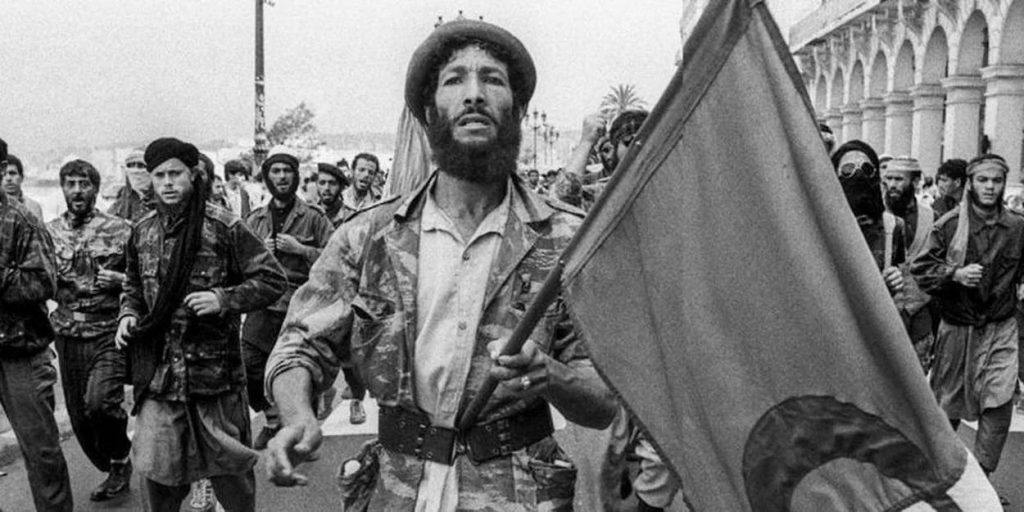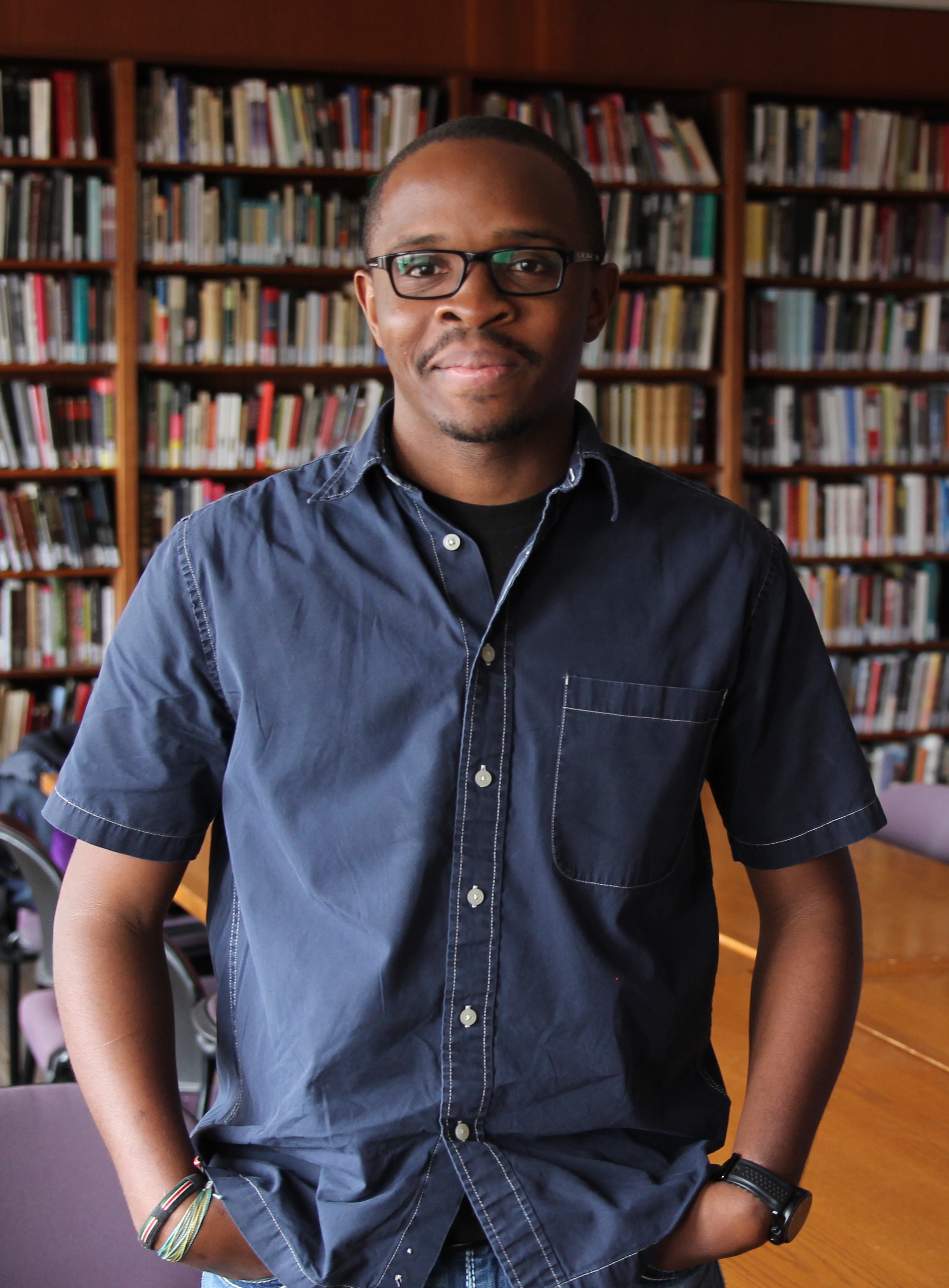Algeria’s Hirak movement has persisted since its launch in February 2019. From large urban cities to rural towns, the peaceful movement mobilized Algerian citizens throughout the country. Although some analysts feared that the popular social movement would result in a return to violence and create space within the country for violent extremists, the movement has exhibited a strong aversion to extremist groups. Thus, these fears have been largely unfounded, as protestors actively reject groups like the Armed Islamic Group (GIA), which participated in the country’s decade-long civil war (1992-2002).
The GIA was a Salafi-Jihadist organization that engaged in open warfare with the Algerian government and eventually Algerian society during the country’s civil war. The GIA’s defeat during the civil war and the contemporary Hirak movement’s aversion to extremist organizations can be linked to the GIA’s attacks on civilians and its campaign of kidnapping, sexual violence, and forced domestic servitude.


 J. Siguru Wahutu was born and raised in Kenya and moved to Minneapolis to pursue his undergraduate education. He graduated from the University of Minnesota with a BA in Sociology and Global Studies and a minor in Cultural Studies. He stayed in Minnesota to obtain his PhD in Sociology with a thematic focus on genocide, media and collective memory and a regional focus on Africa. Wahutu is broadly interested in how news organizations and journalists in Africa produce knowledge about genocide and mass atrocity in neighboring African countries. He was the 2013-2014 and the 2015
J. Siguru Wahutu was born and raised in Kenya and moved to Minneapolis to pursue his undergraduate education. He graduated from the University of Minnesota with a BA in Sociology and Global Studies and a minor in Cultural Studies. He stayed in Minnesota to obtain his PhD in Sociology with a thematic focus on genocide, media and collective memory and a regional focus on Africa. Wahutu is broadly interested in how news organizations and journalists in Africa produce knowledge about genocide and mass atrocity in neighboring African countries. He was the 2013-2014 and the 2015